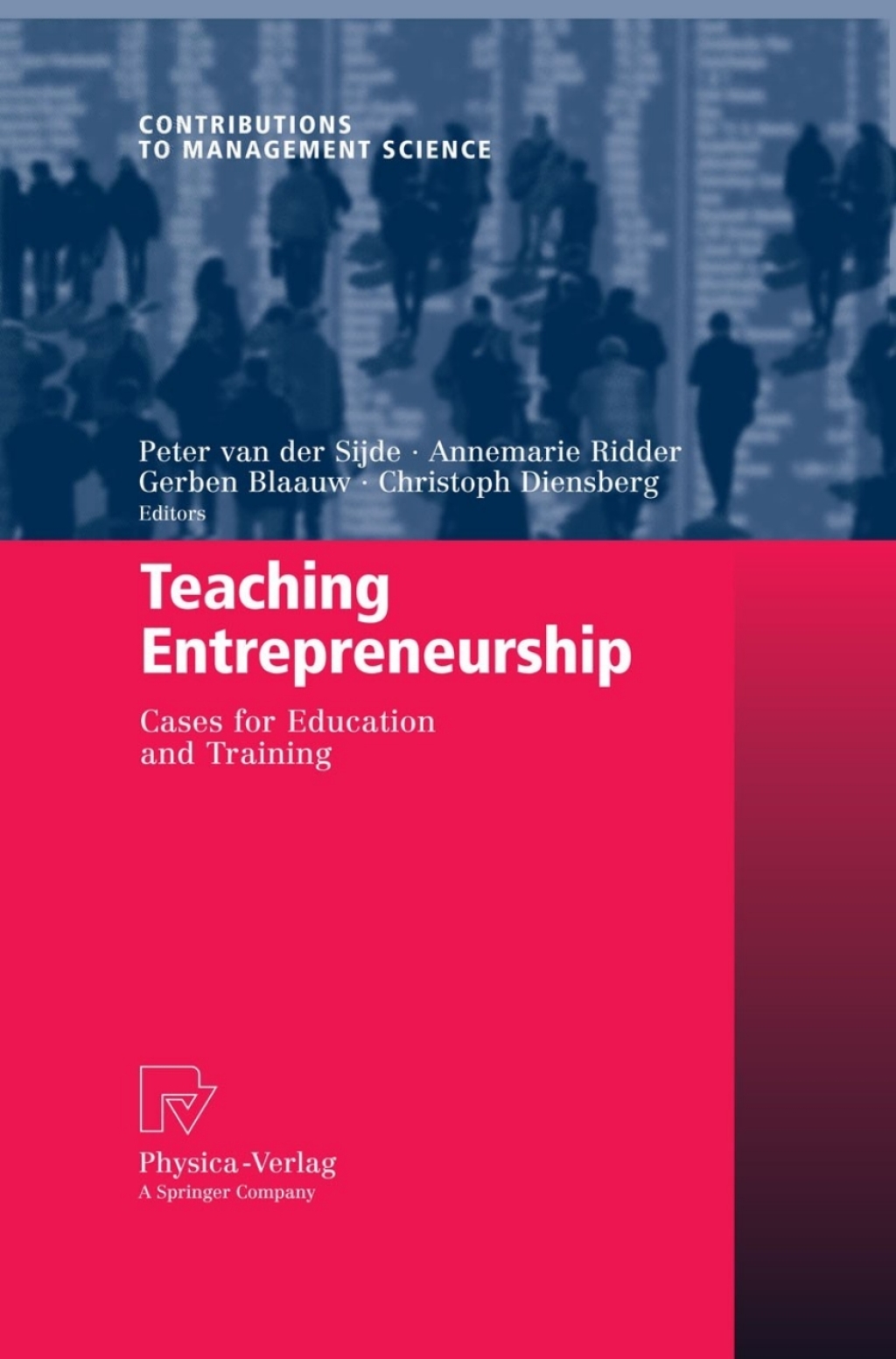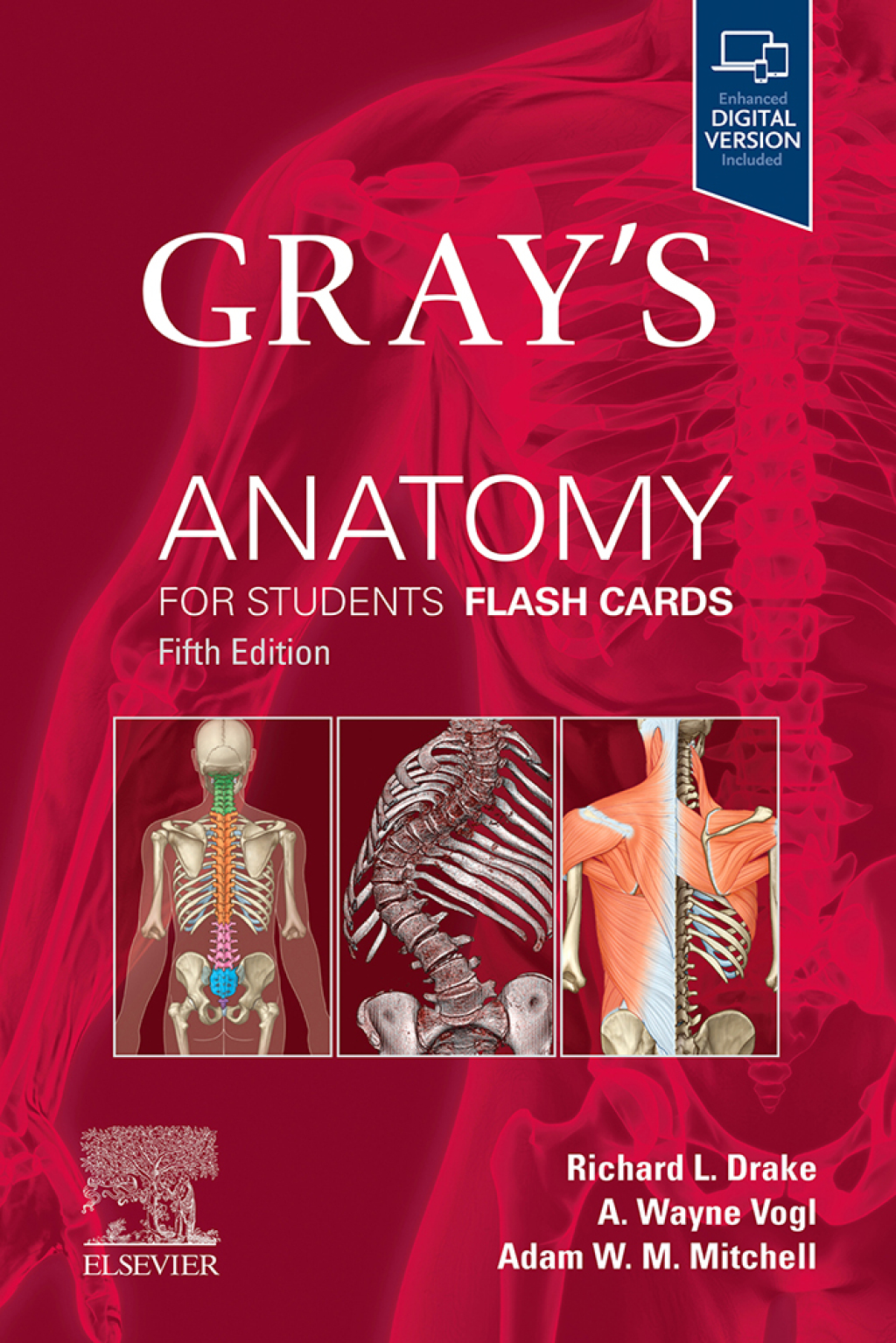“Entrepreneurship that is something you learn in practiceâ€Â. “Entreprene- ship is learning by doingâ€Â. This is often heard when you tell others that you teach entrepreneurship, but maybe entrepreneurship is more “doing by learningâ€Â. Nevertheless, in entrepreneurship practice and theory are int- woven. For this reason the Learning Cycle introduced by Kolb (1984) is an often used teaching approach. According to this Learning Cycle there are four phases (“cycleâ€Â) that are connected: 1. Concrete experience (“doingâ€Â, “experiencingâ€Â) 2. Reflection (“reflecting on the experienceâ€Â) 3. Conceptualization (“learning from the experienceâ€Â) 4. Experimentation (“bring what you learned into practiceâ€Â) In teaching you can enter this cycle at any stage, depending on the students. And that brings us to the different types of students. Based on Hills et al. (1998) a plethora of student groups can be distinguished (of course this list is not exhaustive), e.g: Ph.D. students, who do a doctoral programme in Entrepreneurship; the emphasis is on theory/science. DBA students, who do a doctoral programme that is, in comparison to the Ph.D. more practice oriented. MBA students, who take entrepreneurship as one of the courses in their programme. Most of the time MBA students are mature students, who after some work experience return to the university; the programme is practice oriented.
“Essentials of Pediatric and Adolescent Gynecology” has been added to your cart. View cart
Teaching Entrepreneurship Cases for Education and Training 1st Edition
Author(s): Peter Van der Sijde; Gerben Blaauw; Annemarie Ridder
Publisher: Physica
ISBN: 9783790820379
Edition: 1st Edition
$39,99
Delivery: This can be downloaded Immediately after purchasing.
Version: Only PDF Version.
Compatible Devices: Can be read on any device (Kindle, NOOK, Android/IOS devices, Windows, MAC)
Quality: High Quality. No missing contents. Printable
Recommended Software: Check here










